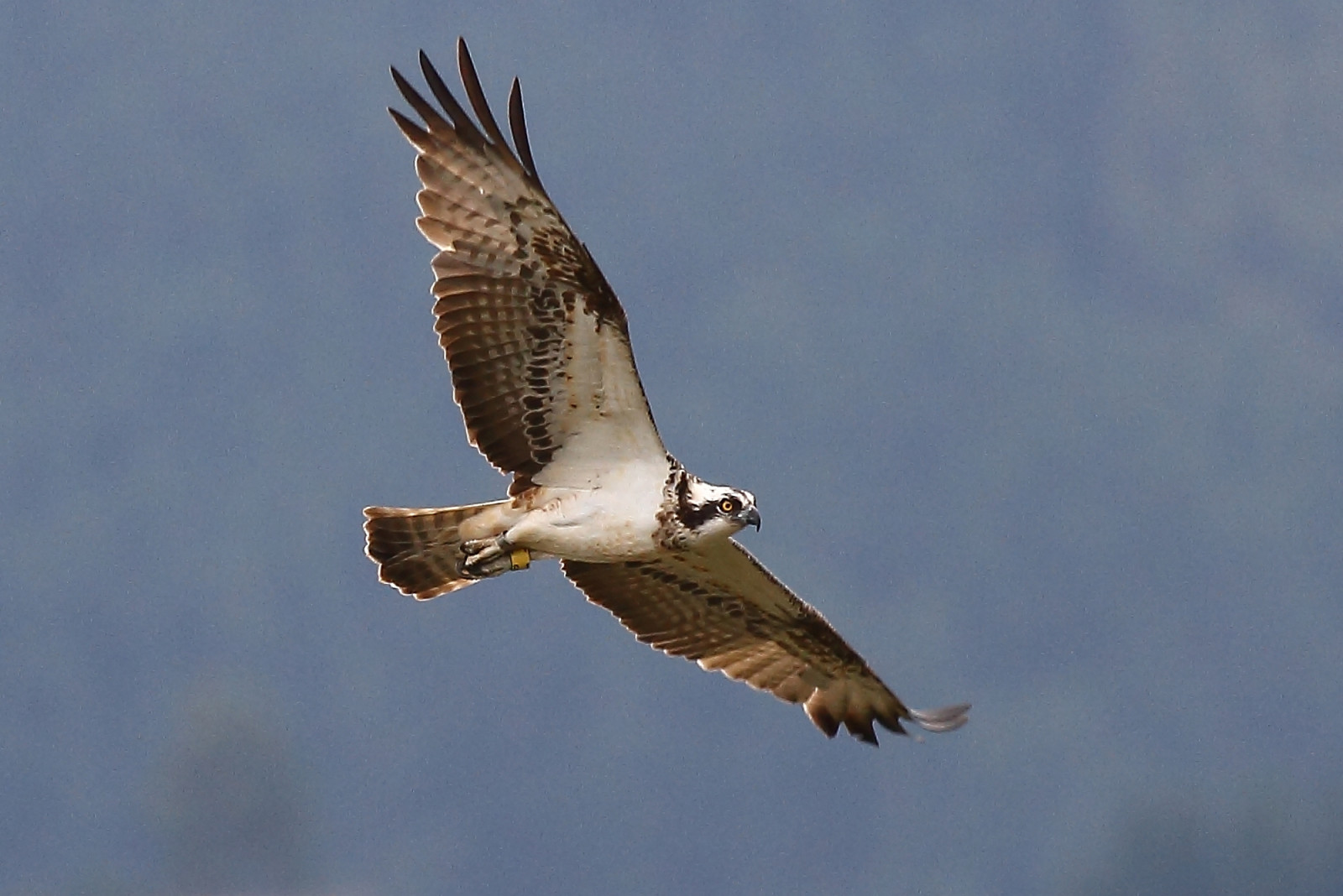Beskrivning
Kielder Forest is in a place of beauty with an array of different species. But the main pull is the Fiskgjuse. Between late March and early September Fiskgjuse often hunt over the water. The birds use all parts of the reservoir, but some favourite areas are either side of the water at the dam, the area between Bull Crag and Leaplish Bay, and Leaplish Bay itself. The Fiskgjuse regularly hunt soon after first light and again in the early evening, around 17.30-18.00, but can be active at any time of the day. In 2022, the 14th successive year of Fiskgjuse breeding in Kielder Forest, 7 nests were occupied and 14 young fledged successfully.
kungsörn was present in the past until around the turn of the century, and is showing encouraging signs of returning with the current ongoing re-introduction project in the nearby Scottish Borders.
Other birds you can see here are blå kärrhök, duvhök, sparvhök, ormvråk, kattuggla, Pilgrimsfalk, korp, strömstare, backsvala, svartmes, kungsfågel, forsärla, grönsiska, and Mindre korsnäbb, this last sometimes in huge numbers after good cone crops - sample counts after one heavy cone crop indicated a total of over 40,000 in the forest.
Most of Kielder Forest is plantations of Sitka Spruce and Norway Spruce, but an area of semi-natural Oak woodland is just below Kielder Castle; here you can see deciduous woodland species like Gröngöling, rödstjärt, svartvit flugsnappare, and with luck, entita, though this population may now have died out.
On clear-felled and newly replanted areas of spruce plantation, look for buskskvätta and trädpiplärka in summer, and Varfågel in winter.
On the reservoir itself, look out for sångsvan, storskrake, knipa, and in the quieter creeks, a good population of feral mandarinand, the best site in northern England for these.
Among mammals, Roe Deer are abundant, and Otter and Pine Marten are both present, but not easy to see.
Detaljer
Tillgänglighet
The best way to explore Kielder is to start at one of the three visitor centres, Tower Knowe, Kielder Waterside or Kielder Castle. There are many cycling tracks, and a main road making it easily accessible. Using the Lakeside Way (see the map below), this circular cycling and walking route is 36 km long and follows the shoreline of the reservoir on a lovely multi-user track. You can cycle or walk around one of the circular trails. You can use the Osprey ferry to reach a destination and cycle or walk the return journey. The ferry must be pre-booked by contacting or visiting Kielder Waterside or Tower Knowe Visitor Centre where you can also check the ferry timetable before setting off on your journey. See the link below for more info.
Please note it is not necessary to purchase a car parking ticket at every visitor centre you visit. Just buy one £5.00 ticket at your first stop off and it is valid to use at the other visitor centres throughout the whole day. Alternatively, if you only park for one hour or less, the charge will be £2.00.
Terräng och habitat
Skog , Våtmark , Hed , Sjö , Slätt , Flod , DalFörhållanden
Kulligt , Öppet landskap , Halt , SumpigtRundtur
JaTubkikare behövs?
Kan vara användbartBästa säsong för skådning
Året runtBästa tid för ett besök
Vårsträck , Sommar , VårRutt
Smal stig , Grusväg , Asfalterad vägHur ansträngande vandring
Genomsnittlig vandringNås
Till fots , Bil , Cykel , BåtFågeltorn / plattform
JaExtra information
Vast area with vellum marked signs.

